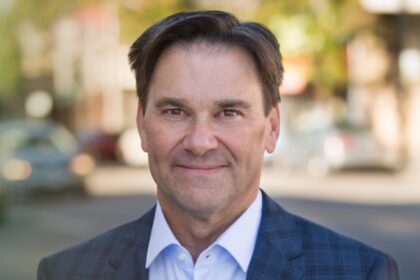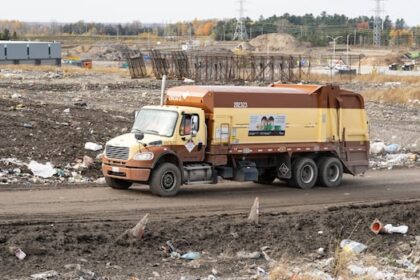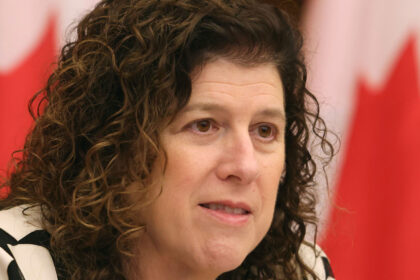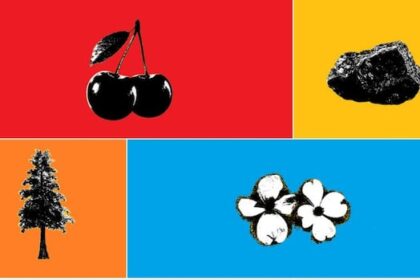Published 1:30 pm Sunday, November 23, 2025 National Child Day, marked on Nov. 20, commemorates Canada’s commitment to the rights of children, and two organizations told Nunavut News what they believe are the biggest issues facing children in the territory. The Representative for Children and Youth’s Office is an advocacy organization that holds the territorial government to account for its treatment of the youngest Nunavummiut. Sexual abuse and suicide are the biggest problems children contend with in Nunavut, according to Jane Bates, the representative for children and youth. “We’ve made no progress over 10 years in addressing the suicide rate for young people,” Bates said. A report on sexual abuse from the Standing Committee on Government Oversight is still pending, Bates said, and a continuing crisis in suicide was declared in June, 10 years after the initial declaration was made. Overcrowded housing is a primary concern for children, according to Okalik Eegeesiak, the chairperson for the Arctic Children and Youth Foundation. “Overcrowding contributes to trauma and abuse,” Eegeesiak said. Arctic Children and Youth Foundation (ACYF) connects children and families who have experienced abuse to the RCMP and the Department of Family Services through the Umingmak Child Advocacy Centre in Iqaluit. Eegeesiak said the centre wants to build capacity at the local level to strengthen support for communities so that they’re empowered to look after children and support families. The Department of Family Services has more than 400 children in out-of-home care, with extended family, in group care, foster care, or out of territory, according to Bates. “They have no standards and procedures related to children in care, related to children in out-of-home care, and it was only in the last year that they could actually report on the number of children living in out-of-home care and where they were,” Bates said. One solution Eegeesiak would like to see is long-term sustainable funding. Jodan’s Principle and the Inuit Child First Initiative are two federal programs that supported child welfare in Nunavut, but currently have no government money allocated to them. “The real thought of losing that funding is very worrisome when governments change and their priorities change,” said Eegeesiak. “So one of the things that the ACYF would like to see is long-term, sustainable program funding… and avoid sunset clauses, like this program.” Children and youth make up 40 per cent of Nunavut’s population, Bates pointed out. She said she wants the next Nunavut government to truly put children first. “As we approach National Child Day, what I reflect upon is that the new government incoming will make children and youth a priority, and they should be part of their mandate,” Bates said.
Wednesday, 26 Nov 2025
Canada – The Illusion
Search
Have an existing account?
Sign In
© 2022 Foxiz News Network. Ruby Design Company. All Rights Reserved.
You May also Like
- More News:
- history
- Standing Bear Network
- John Gonzalez
- ᐊᔭᐦᑊ ayahp — It happened
- Creation
- Beneath the Water
- Olympic gold medal
- Jim Thorpe
- type O blood
- the bringer of life
- Raven
- Wás’agi
- NoiseCat
- 'Sugarcane'
- The rivers still sing
- ᑲᓂᐸᐏᐟ ᒪᐢᑿ
- ᐅᑳᐤ okâw — We remember
- ᐊᓂᓈᐯᐃᐧᐣ aninâpêwin — Truth
- This is what it means to be human.
- Nokoma












